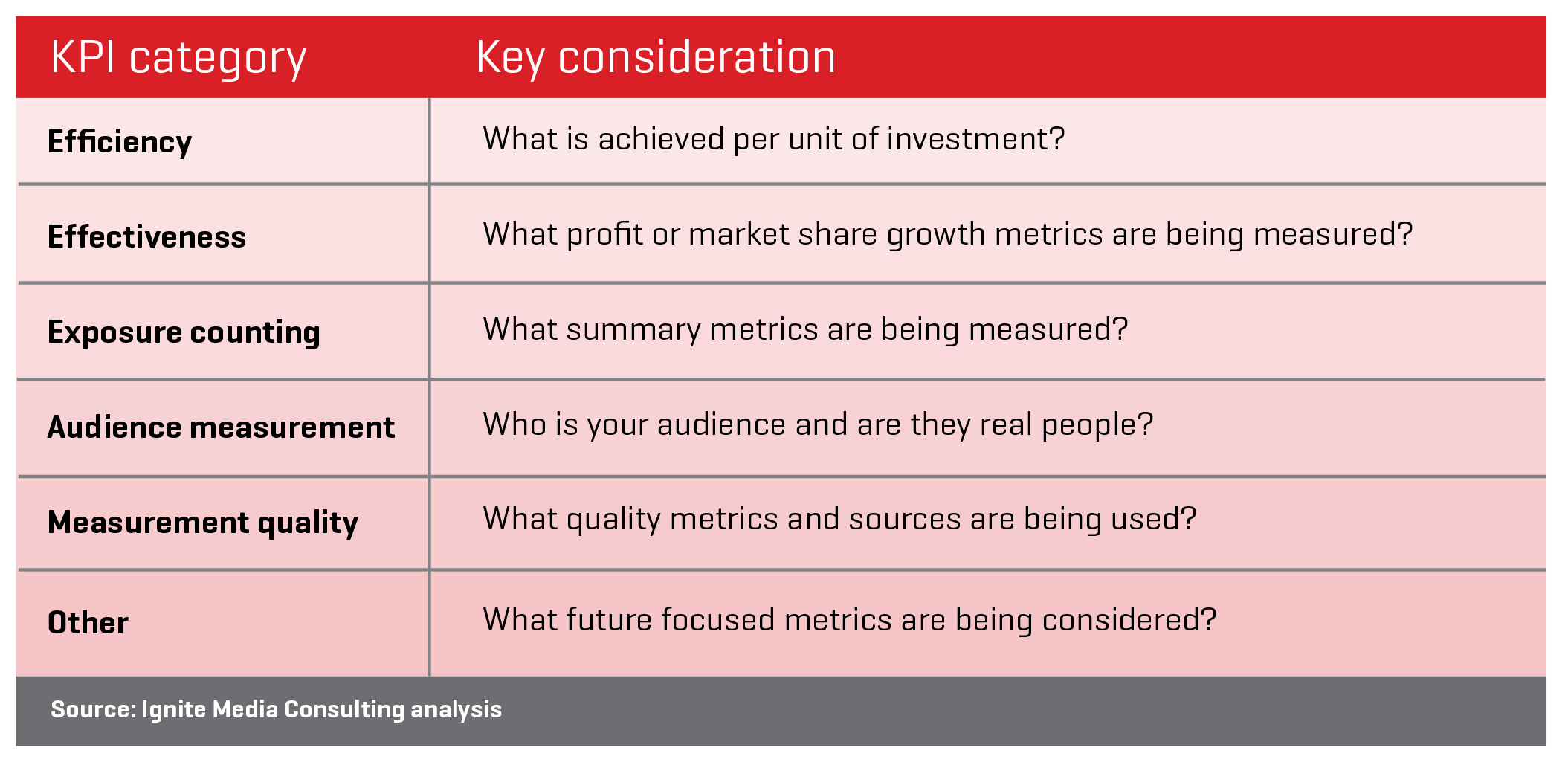The pandemic has resulted in a sea change in how customers behave, engage and buy, in how company and brand reputations are being enhanced or, in some cases, damaged and in how the competitive landscape is being reshaped.
In my previous IoD blog Digital or Die? New Priorities for Boards in a Post-Pandemic World, I set out why digitisation needed to be moved from the periphery of the board agenda to become a top priority for boards. I would argue also that the customers deserve more focus within the boardroom and that Directors need to engage more with marketing strategy, as this will be a source of competitive advantage.
Marketers are often viewed as representatives of the customers and custodians of brands within businesses. However, marketing a misunderstood discipline – and the profession itself does not always help itself in connecting what it does to business strategy, financial performance and the creation of long-term value. But it would be wrong to blame marketers alone. In my experience, some business leaders take a narrow view of marketing and its role.
Marketers complain that their engagement with the C-Suite and with boards can get bogged down in questions like “why aren’t we advertising in The Irish Times or on Morning Ireland?”, their media channels of choice but not those used by customers.
Board composition is a factor. Directors tend to be drawn from professions such as finance and compliance, and not marketing, communications or sales, which are customer-facing. They have a different profile to those of their customers – they tend to be older and are not diverse, in relation to gender, social class, ethnicity, skills and behaviours. Little wonder, then, that boards are sometimes accused of being detached from their customers and sometimes weak or strong signals of shifts in markets or customer habits are missed.
Not all leaders understand the strategic value of marketing, or the long laundry list of what marketing departments do - gathering customer insights, supporting sales departments to hit the targets, running eCommerce and other digital channels, managing corporate and brand reputations, conceiving and managing campaigns, developing new products or services, and much more.
The Why: Marketing and Strategy are Intertwined
Marketing should be central to a business’s growth agenda. It should take a whole of business approach from the perspective of the customer. It can become the GPS of the company, help it focus externally, squarely on the customer and the market and counter-balance a classic ‘inside out’ focus, according to commentator Randall Rozin.
Marketing is a critical component of the strategy development process, from assessing the competitive landscape, market needs and assessing both opportunities and risks. Simon Haslam, a Lead Facilitator in the IoD’s Chartered Director Programme, blends some of the components of marketing strategy into the module he delivers on strategy for directors, because he argues that excellent business strategy is heavily reliant on the insights from marketing strategy.
“Marketing is too important to be left to the marketing department,” HP co-founder, David Packard famously said. This is countered by Al Ries the branding strategist who wrote: “Marketing is too complicated to be left to management people who have little experience in marketing and who don’t understand its principles.” There is a classic tug between left-brain management and right-brain marketing, but there are strategies that can be applied that get the best out of both.
The What: Marketing Trends Relevant to Boards

I come to this topic having recently co-authored a major research study on marketing transformation with fellow IoD member, John Dunne, the Principal of Ignite Media Consulting. Called The Paradox Report, it takes the temperature of a number of the big marketing themes arising from the pandemic - customer trends, branding, digital adoption, marketing models, governance, use of data and, ultimately, more value for marketing spend. It includes research never previously published along with analysis from academics, analysts and senior marketers.
From a board perspective, the following are the salient themes from the research report:
- Customers are more empowered which makes it difficult for businesses to control the environment in which their brands operate.
- Businesses are not only up against their direct competitors, but are competing with the last best experience their customers encounter.
- Brands need to stand behind great values – not empty words or promises but values that really connect with customers and what they experience.
- During the pandemic, customers have been drawn to brands which are local, and which offer superior and personalised customer service.
- Digital is a top business priority and eCommerce has hit a critical tipping point.
- Customers are proving to be more elusive in their media habits, which makes targeting them through marketing campaigns more challenging.
- Measuring marketing effectiveness needs to focus more on outcomes and not so-called “vanity metrics”.
- Despite the explosion in marketing data and tools, there are often deficits in knowledge and insights on the part of marketers and their agencies.
- There is a need to strike the correct balance in assigning marketing spend to long-term brand building and short-term, tactical campaigns (which is considered to be misaligned).
- Governance of certain types of marketing activity is flawed and gaps in transparency and accountability within the marketing ecosystem, which can create risks for businesses.
I am delighted to make a copy of The Paradox Report available to IoD Ireland members. The report can be downloaded at the bottom of this page.
The How. Six Recommendations for Boards
There is a compelling case for the customer needing a stronger voice in the boardroom.
- Rebalance board business. Consider if the correct balance is being struck at board meetings and away days between compliance and strategy informed by customer and market insights.
- Review board composition. Ask if your board has the requisite skills to really understand customer trends, pose the challenging questions and provide oversight of marketing, eCommerce and digital activity that form part of business strategy. Don’t assume that digital and marketing are separate disciplines as they are inter-connected.
- Embrace new models. Consider establishing a strategy committee or changing the terms of reference of an existing committee to cover customer and marketing themes. If there are skills gaps, then consider appointing advisers or creating an advisory panel. The latter approach has been used successfully by some boards and has involved young, digital natives who are either existing or prospective customers giving perspectives on their needs, current or prospective products which feeds into board deliberations and decisions, often through a committee.
- Collaborate with the Executive. Work with the relevant individual – the Chief Marketing Officer, most likely – to consider and then agree on how the board should engage with and oversee marketing strategy. Jointly agree the type of papers and the data required for board meetings.
- Set the right KPIs. Ensure that the KPIs are being tracked in the board pack, particularly the metrics around marketing effectiveness. Avoid data overload. Recognise that marketing analytics are an imperfect science.
- Directly engage with customers where possible. Often some of the best insights for individual board members happen casually – a chance meeting, an observation of a customer engagement or a discussion with a staff member with a customer-facing role.

Download The Paradox Report